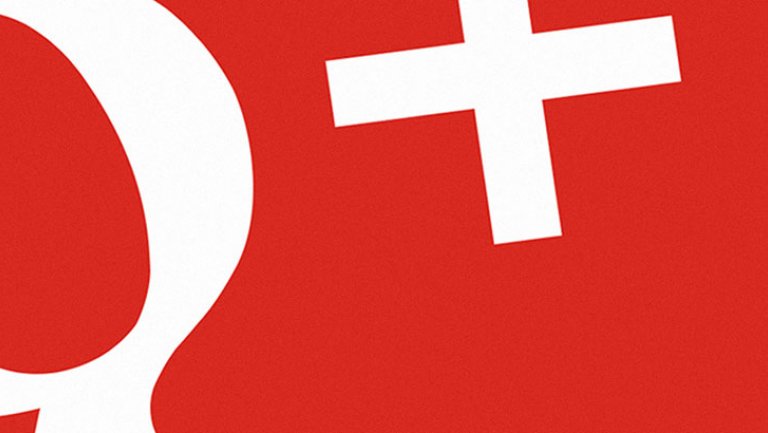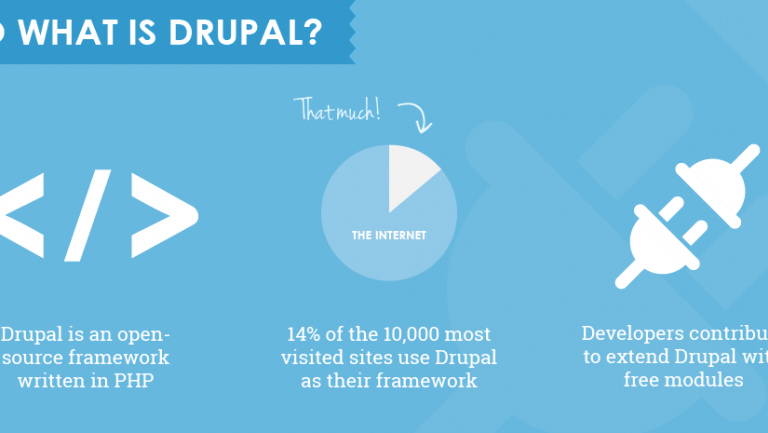Content strategy tips and tricks for your organisation
Content goes hand-in-hand with design as one of the most important parts of any web project - no amount of technical wizardry or slick features can save you if people are turned off by the immediate look, feel and tone of your site.

Whilst many still put content and content strategy at the bottom of their list of priorities (if at all), there are some out there who’ve realised it’s potential to help really connect with their audience and, in turn, drive their business.
Innocent Drinks
Innocent Drinks have a brand and tone of voice that is immediately recognisable across the UK. Their content strategy starts with the product packaging itself, a mix of hand-drawn illustrations and tongue-in-cheek comments that are a marked change from the straight-faced products seen on most supermarket shelves.
Their informal tone is then carried across all their marketing; their corporate blog is a mix of photographs, product information and light-hearted articles that give you an insight into the inner workings at the Innocent office. Their exclusive Friday newsletter is full of funny stuff from around the web and has users signing up and sharing in their droves - and there’s nothing like brand advocacy to increase sales!
Their social network pages are packed with links to things like hipster statues and fun illustrations all perfect for sharing online. In turn they’ve cultivated over a quarter of a million connections on Facebook alone - not bad for a company that squashes fruit for a living.
Teehan & Lax
Most web agencies - and larger companies in general - rely on case studies of successful projects in order to help them pitch for new work. It’s all too easy, however, to fall into the typical ‘problem, solution, self-promotion’ structure that most have seen many many times before.
Teehan & Lax deliberately eschew this in favor of setting out each project as a story, explaining the backstory, the meetings, examples of prototypes made as well as the lessons learned along the way. These case studies are often few and far between, but each one well-written, compelling and featuring custom designs and illustration.
Their own company history is in a similar vein, packed with interesting facts and asides. This considered approach is carried across their various social media accounts - contributing to the design community at large with resources such as iOS GUI kits.
Coca-Cola
Coca-Cola realised that the plan that had served them well for over 50 years - namely, spending the most money in the industry to ensure the biggest market share - wouldn’t serve them sufficiently in the internet-connected age where bland press releases, corporate-speak and expensive 30-second TV ads just won’t cut it.
As a show of faith in their new strategy, they ditched traditional marketing companies entirely and instead chose to use both online and offline content to ingrain the Cola-Cola brand into popular culture. This could be anything from online competitions, shareable coupons and graphics, to creating Spotify playlists of summery music. This was combined with a more unified online presence that condensed several websites into one, along with using as few social media profiles as possible in order to keep their conversations centralised.
Whilst Coca-Cola’s decision to focus more on their brand instead of their individual products is not entirely new - Red Bull have been doing it for years - it’s easily one of the most high-profile examples of it. Phrases like “filling our consumers emotional well” (uttered by their Advertising VP Jonathan Mildenhall) may vere dangerously back into corporate-speak, but the main message, that every piece of content you put out is important and should be part of a larger strategy, rings very true.
Pure Gym
Budget gym giants, Pure Gym, have invested significantly in their content marketing and their social media skills are particularly impressive. Offering daily inspiration, motivation tips and even playlists to gym-goers, they actively involve their audience by asking for their thoughts and experience of working out.
They also use social media as a means of delivering customer service, by politely dealing with queries and complaints online in full view of their followers. This excellent spirit of having an open dialogue with customers, rather than shying away from negative feedback online, communicates a friendly brand that are willing to listen rather than a soulless selling machine.
Other highlights include a free app for customers where they can scan QR codes on gym equipment and watch demo videos of how to get the best from their workout with that piece of apparatus, endless fitness based competitions (cycling the distance of the Tour de France is their current scheme!) and Refer a Friend schemes that you can claim through Facebook offers. All of these tactics ensure that Pure Gym is the prominent brand for those that want to work out their bodies, rather than their wallets.
Search giant Google shirks the image of a faceless, monolithic corporation by regularly releasing small games and doodles - with the intention being that you’ll share these with your friends both online and offline, in turn helping to boost their profile.
They may have reached the size where marketing and adverts are no longer necessary, but Google are still concerned about their image and how they appear to the world at large. By promoting their smaller projects such as Chrome Experiments (including the excellent multiplayer Chrome Racer, which runs entirely in your phone’s web browser) they have managed to keep the feel of a small startup company, despite being one of the biggest and most powerful in the world today.
Google also routinely tweak their own homepage to coincide with well-known - as well as not so well-known - events and occasions. One of the most impressive involved transforming the familiar Google logo into a fully functional Moog synthesiser to celebrate the 78th birthday of it’s creator Robert Moog.
You can start working on your own musical masterpiece right now, or look back through Google’s archive covering the last 10 years.
TOP TIP: Like Facebook's marketing page to get hints on how to promote your business on #socialmedia http://t.co/kDmfC9uQEY #businesstips
— Curve Agency (@CurveAgency) August 13, 2013



